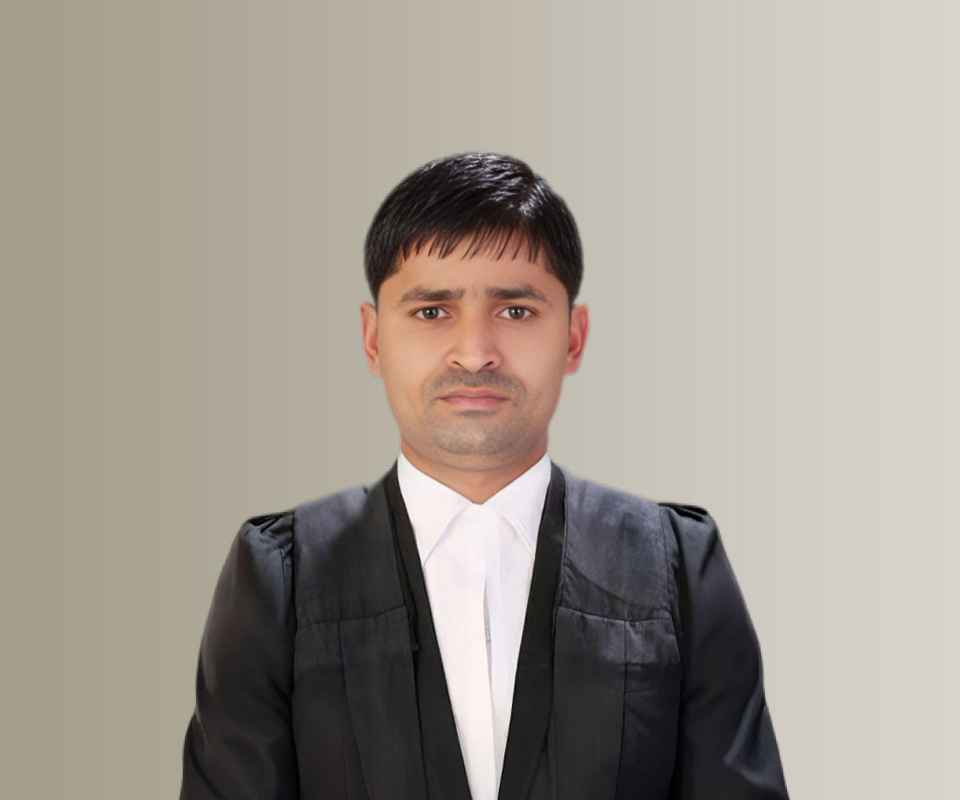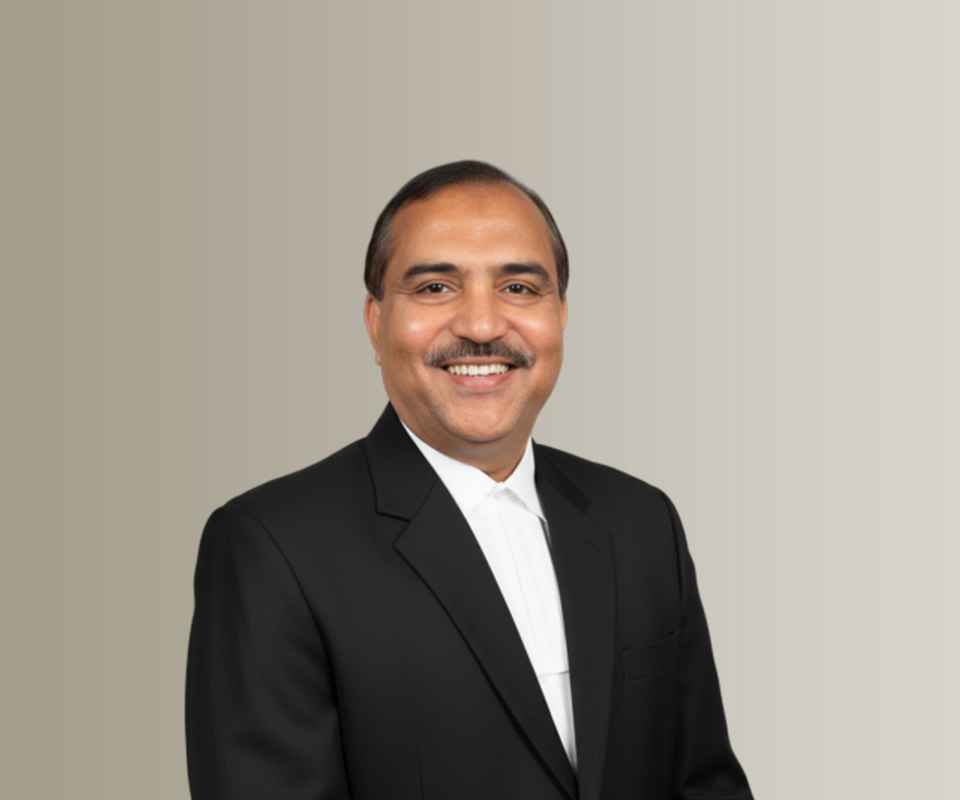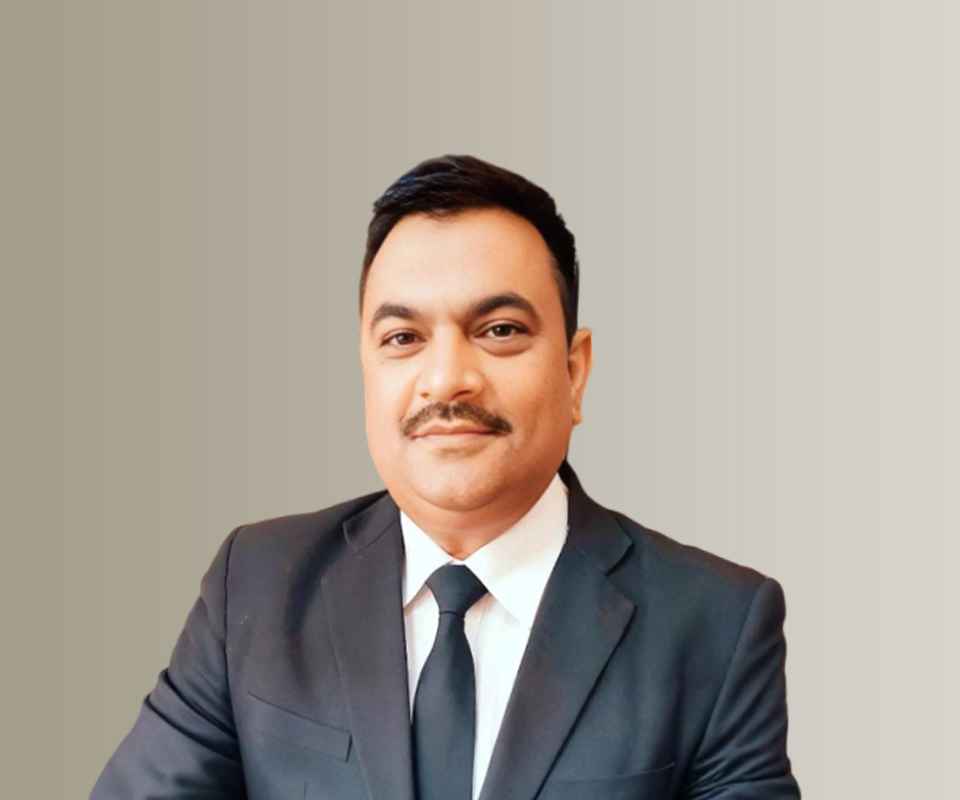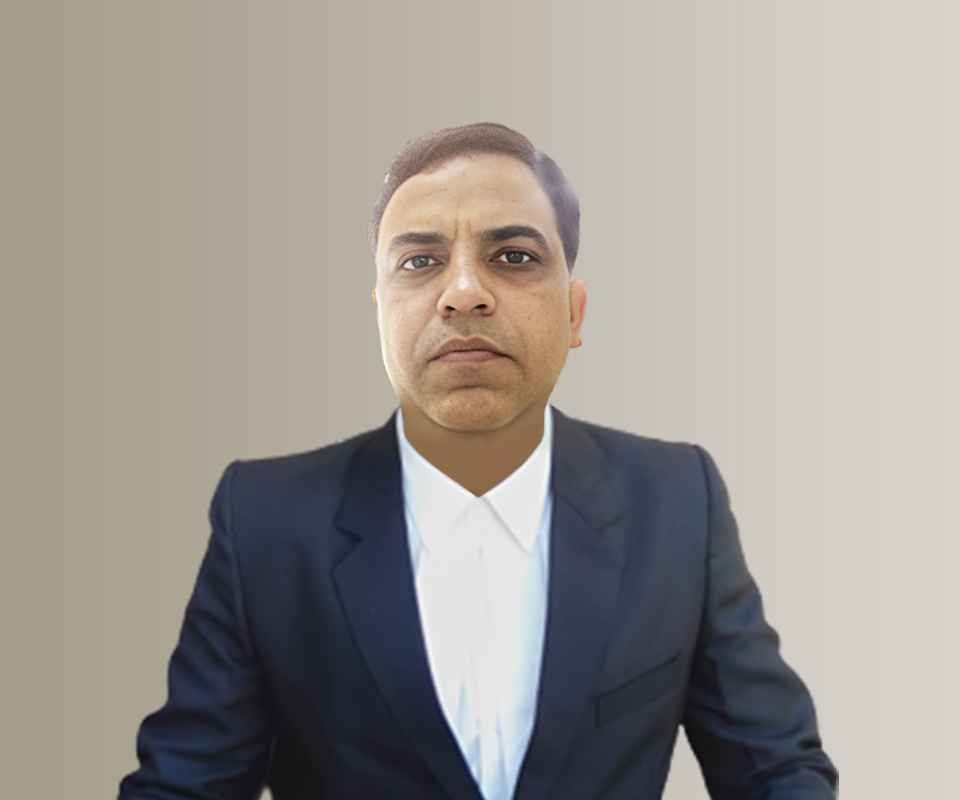Answer By law4u team
Yes, you can file a negligence claim without witnesses, but doing so may present some challenges. While eyewitnesses can significantly strengthen a case, a claim for negligence can still be successful based on other types of evidence that establish the responsibility of the negligent party. Here's how you can build a strong case without witnesses:
Steps to File a Negligence Claim Without Witnesses
- Gather Physical Evidence: Even without witnesses, physical evidence from the scene of the accident or incident can play a pivotal role in establishing negligence. This can include:
- Photographs and Videos: Take detailed photos or videos of the scene, any damage or injuries, hazardous conditions (e.g., wet floors, broken steps), and the environment where the injury occurred. For example, if you were injured in a slip-and-fall accident in a store, photos of the uncleaned spill or hazardous condition could serve as key evidence.
- Damage to Property: If your injury involved property damage (e.g., a car accident), documentation of the damage to your vehicle, and any relevant road conditions, can be crucial.
- Medical Records and Documentation: Medical records are a critical form of evidence in a negligence claim. These documents establish that an injury occurred and help link your injuries directly to the incident. For example:
- Doctor’s Report: If you sought medical care after the accident, a doctor’s diagnosis and treatment plan will serve as evidence of the severity and cause of your injuries.
- Medical Bills: These can demonstrate the financial impact of your injury, which is an essential part of a negligence claim.
- Police Reports: In the case of an accident or a situation where law enforcement was involved (such as a car crash or public incident), a police report can provide an unbiased third-party account of the event. This report often includes:
- Accident Details: Information about how the incident occurred, any contributing factors (e.g., traffic violations, hazardous conditions), and may include officer observations.
- At-Fault Determination: If the report indicates that one party is at fault (e.g., a citation for running a red light or causing an accident), this can help establish the negligence of the responsible party.
- Circumstantial Evidence: This type of evidence allows you to make reasonable inferences about what happened based on the facts of the case. For example:
- Previous Complaints or Violations: If the responsible party (like a business or property owner) has a history of similar negligence (e.g., prior slip-and-fall incidents at the same location or warnings about faulty equipment), this can help support your claim.
- Known Hazards: In cases involving dangerous conditions (e.g., a defective product, unsafe workplace), it can be shown that the responsible party was aware or should have been aware of the hazard.
- Expert Testimony: In some cases, expert testimony can help strengthen your claim, especially if the incident involves technical or medical issues. For instance:
- Accident Reconstruction Experts: In car accidents, experts can reconstruct the accident to show how and why the incident happened, and whether negligence was a factor.
- Medical Experts: In personal injury cases, medical professionals may be able to testify about the nature of your injuries and whether they are consistent with the incident, even without a witness.
- Witness Statements: While formal witnesses are important, informal statements from individuals who may have seen or heard something related to the incident could still be valuable. For example:
- Employees or Bystanders: Even if no one saw the incident happen directly, an employee or bystander may have noticed the condition that led to the injury (e.g., a store employee saw the spill moments before the fall).
- Maintain a Detailed Account: Your own testimony is crucial. Keeping a detailed record of the events leading up to and following the incident can provide a clear account of what happened. This could include:
- A timeline of the incident.
- Your actions leading to the injury.
- How the injury occurred and its consequences.
Building Your Case Without Witnesses
In the absence of witnesses, your case will rely heavily on the available physical evidence, medical documentation, expert testimony, and your own account of the incident. You’ll need to establish:
- The Duty of Care: The responsible party had an obligation to act safely.
- Breach of Duty: The party breached that duty (e.g., they acted carelessly or failed to take reasonable precautions).
- Causation: The breach caused your injury directly.
- Damages: You sustained real injuries or losses as a result.
Example
Imagine you slip and fall in a grocery store due to a wet, unmarked floor, but there were no witnesses. You can still pursue a claim by:
- Taking photos of the wet floor and any visible hazards.
- Obtaining medical records showing that you suffered an injury (e.g., a sprained ankle).
- Using the store's past safety violations or complaints to show a pattern of negligence.
- Filing a police report or accident report that documents the incident.
- Having an expert (like a safety consultant) testify about the dangers of wet floors and how they should have been handled by the store.
Conclusion
While having witnesses is beneficial in a negligence claim, it is not always necessary to file a claim or succeed in your case. By gathering physical evidence, medical documentation, expert testimony, and maintaining a detailed account of the incident, you can build a strong case even without witnesses. Consulting with a personal injury lawyer can help you assess the strength of your case and ensure you follow the correct steps to pursue compensation.






